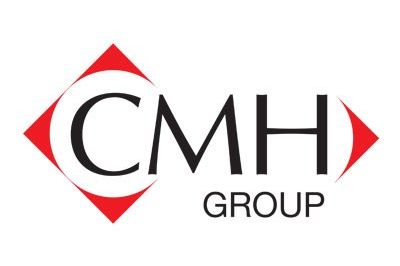
BYD brings affordable PHEV SUV to the market
BYD has added another model to its line-up in South Africa. This time it is the Sealion 5, which slots in below the larger Sealine 6, which is also available locally.
- Product News
- 15 December 2025
Combined Motor Holdings (CMH) believes that new vehicle availability will continue to improve and there will be an excess supply of new vehicles going into the new year.

However, CMH CEO, Jebb McIntosh, is also expecting new vehicle prices to increase by up to 10% within the next four months because of the depreciation of the rand against the US dollar.
McIntosh anticipates new vehicle prices will increase by 2% to 3% almost every month until the end of the year.
“This knock-on effect is directly caused by the exchange rate,” he says.
McIntosh says the value of the rand to the US dollar has moved from R15 to R18.
This means the rand has depreciated by 20% against the US dollar.
McIntosh says some manufacturers have already started increasing the price of their new vehicle models, and he expects several more vehicle price hikes between now and January 2023.
CMH this week reported a 12% increase in revenue to R6.15 billion in the six months to end-August from R5.5 billion in the corresponding period last year.
Operating profit grew by 45% to R372.3 million and headline earnings per share by 51% to R3.02.
McIntosh says CMH achieved these financial results in an extremely difficult macro-economic environment, with uncertain trading conditions.
He says new vehicle and parts supply shortages continued, petrol prices surged and there were loadshedding, six successive interest rate increases in less than a year and more restrictive lending by finance houses.
McIntosh says the consumer has come under intense pressure, and used vehicle trading conditions have become tougher, with increased price pressures and declining volumes.
CMH increased new vehicle unit sales by 17% in the six-month reporting period compared to a 12% growth in national new vehicle sales.
McIntosh says he is expecting a tougher second six months to CMH’s financial year.
He says rising interest rates and worsening power cuts, which have slowed the momentum of new vehicle sales, are set to continue to bring despondency to the economy.
“The improvement in the new vehicle supply chain will have mixed consequences.
On the one hand, the customer waiting list will be eliminated for all but a select number of models.
“However, the pressure by manufacturers on retailers to increase sales volumes in order to gain market share and reduce their inventory levels will intensify. Volume incentive schemes will drive trading practices and gross margins will be squeezed,” he says.
McIntosh adds that the national new car market is not expected to show further month-on-month increases over the balance of the calendar year.
“Both the new and used vehicle markets face the pressure of rising interest rates coupled with a fall in confidence levels,” he says.
McIntosh believes national new vehicle sales will level out at about 500 000 for the year.

The Big C, as cancer is sometimes referred to, is survivable, and knowledge about it plays a vital role in overcoming it.

Over the past six years, South Africa has witnessed a marked rise in the monthly repayments agreed upon by vehicle buyers, with the sharpest increases seen among those financing used cars rather than new ones.

The Dakar Rally is often portrayed as a heroic clash between man, machine and an unforgiving wilderness.